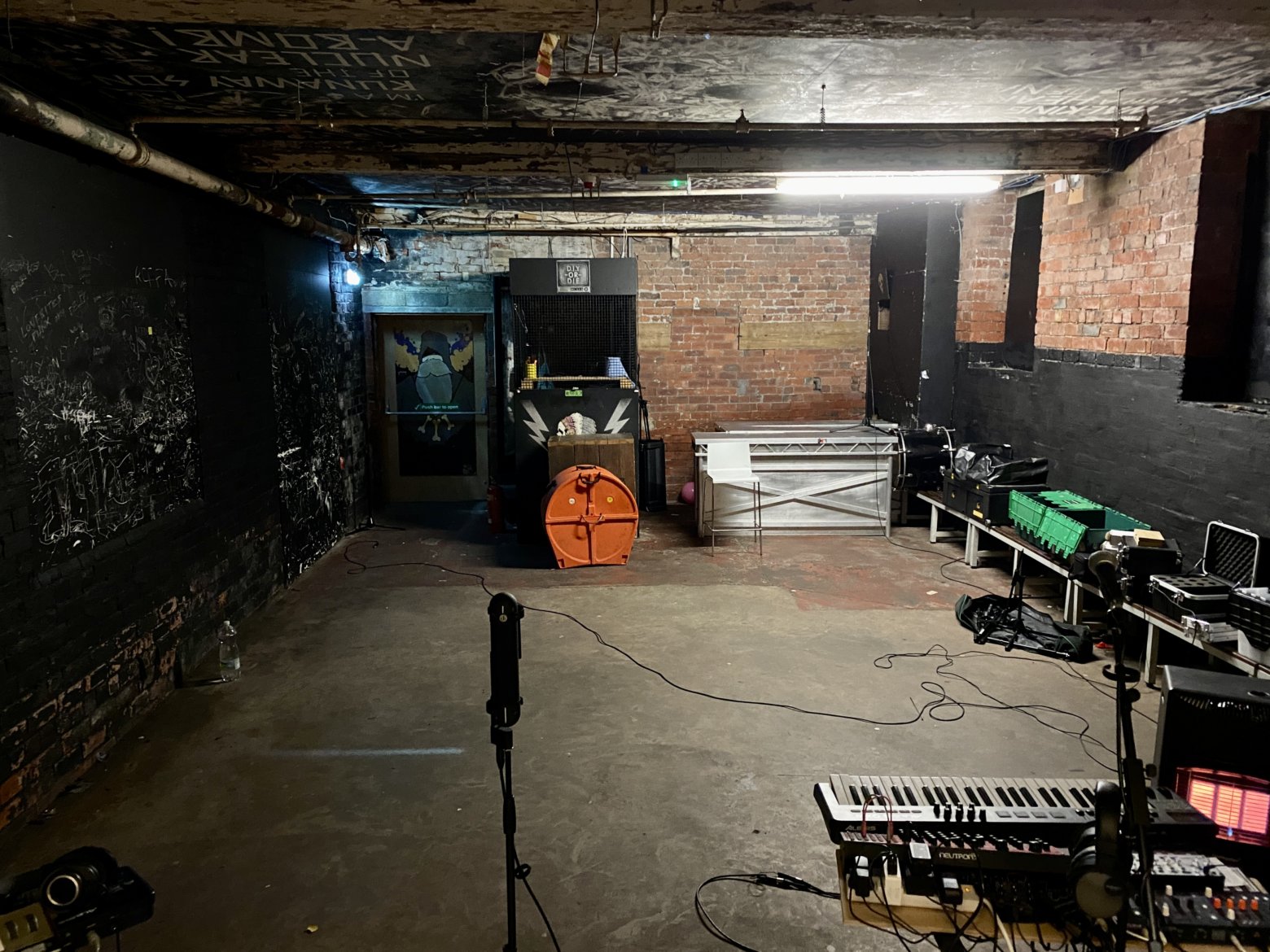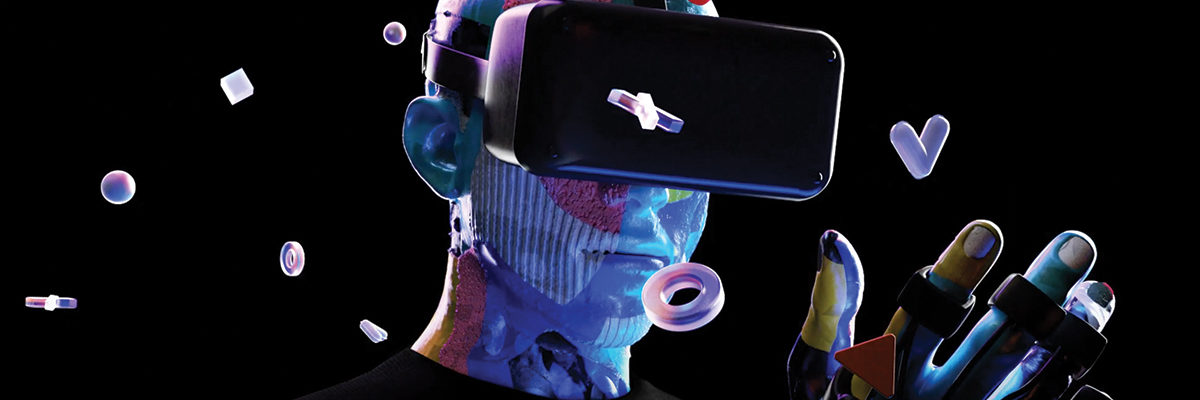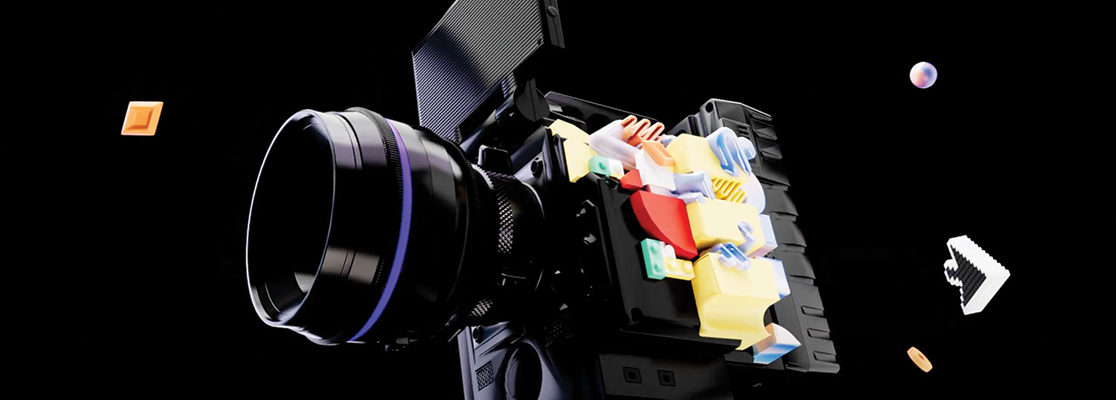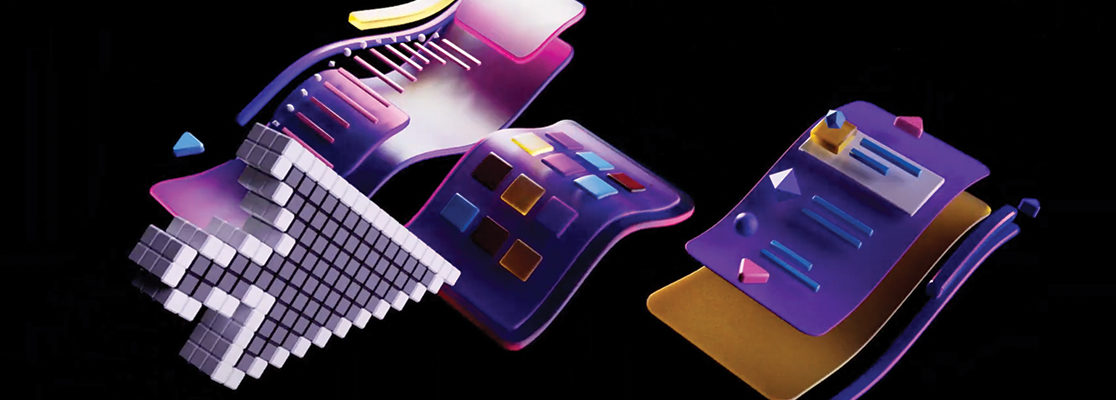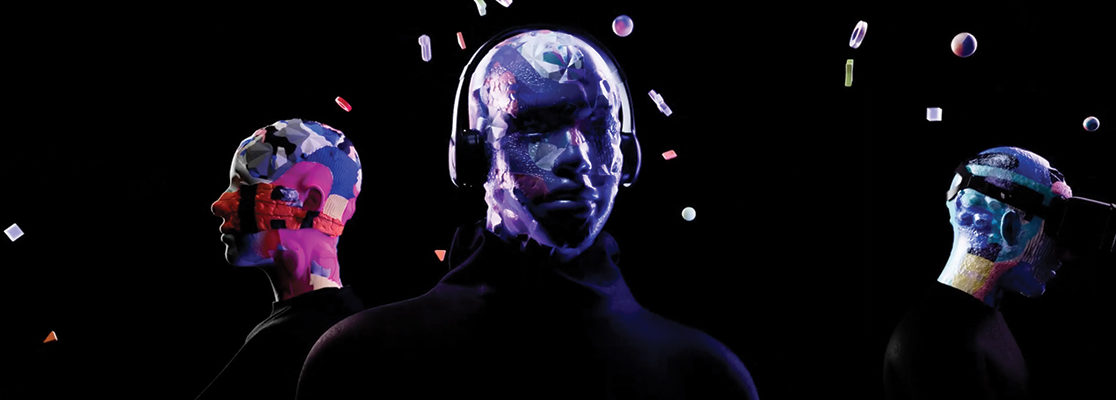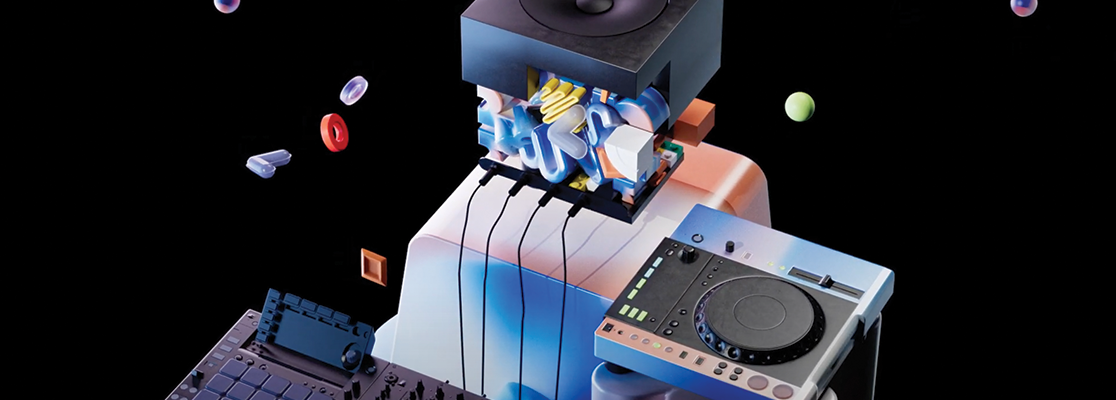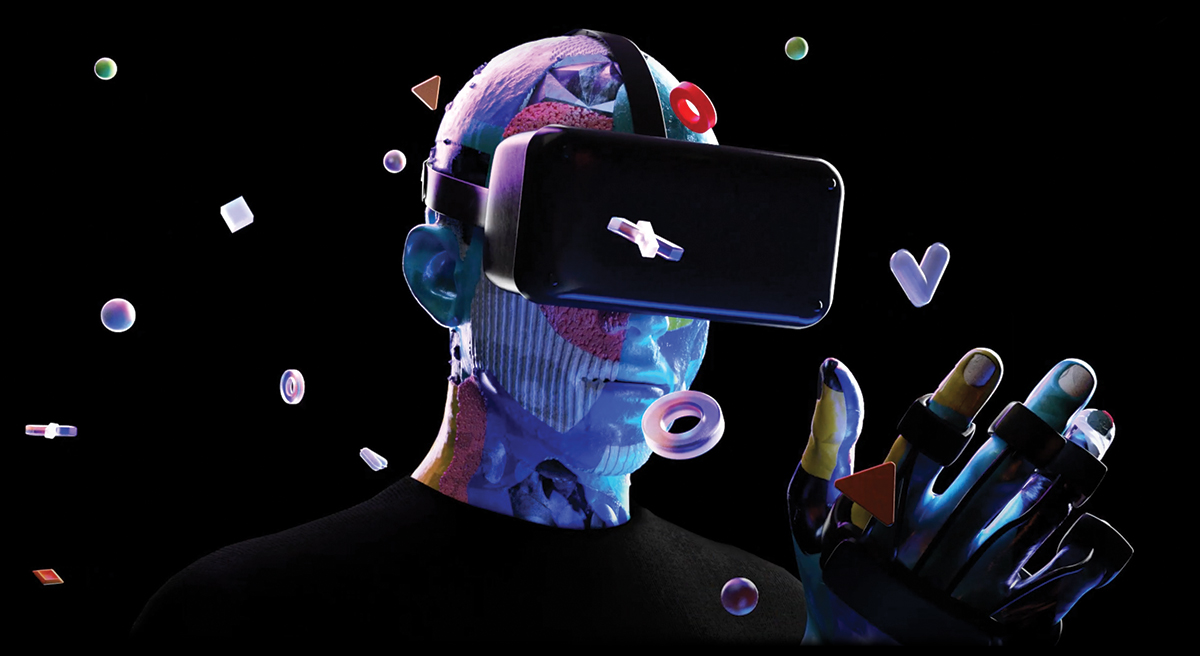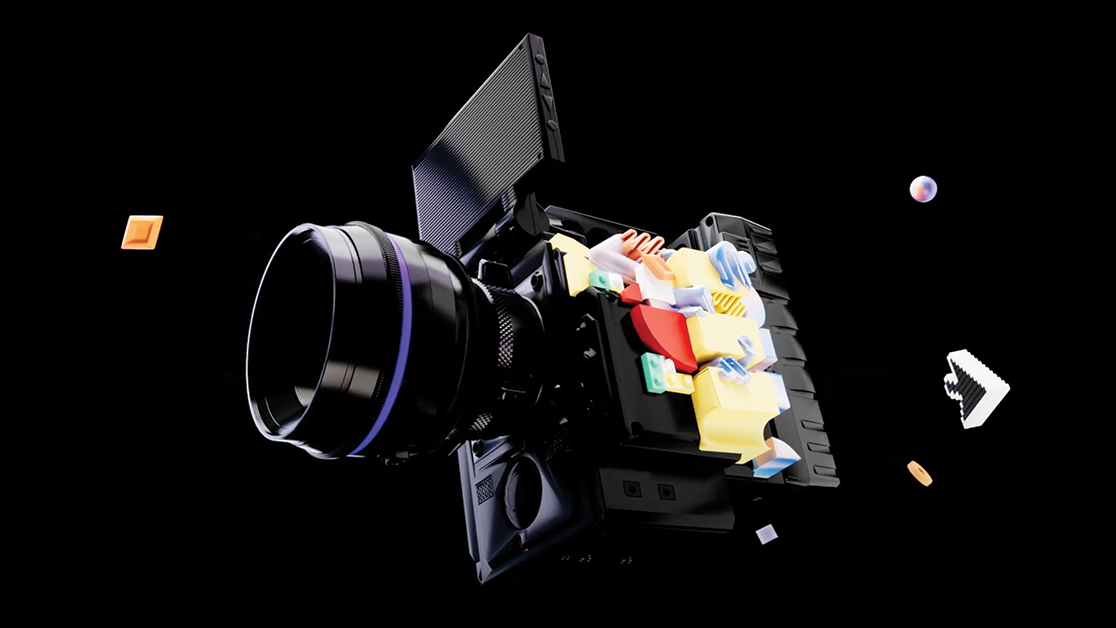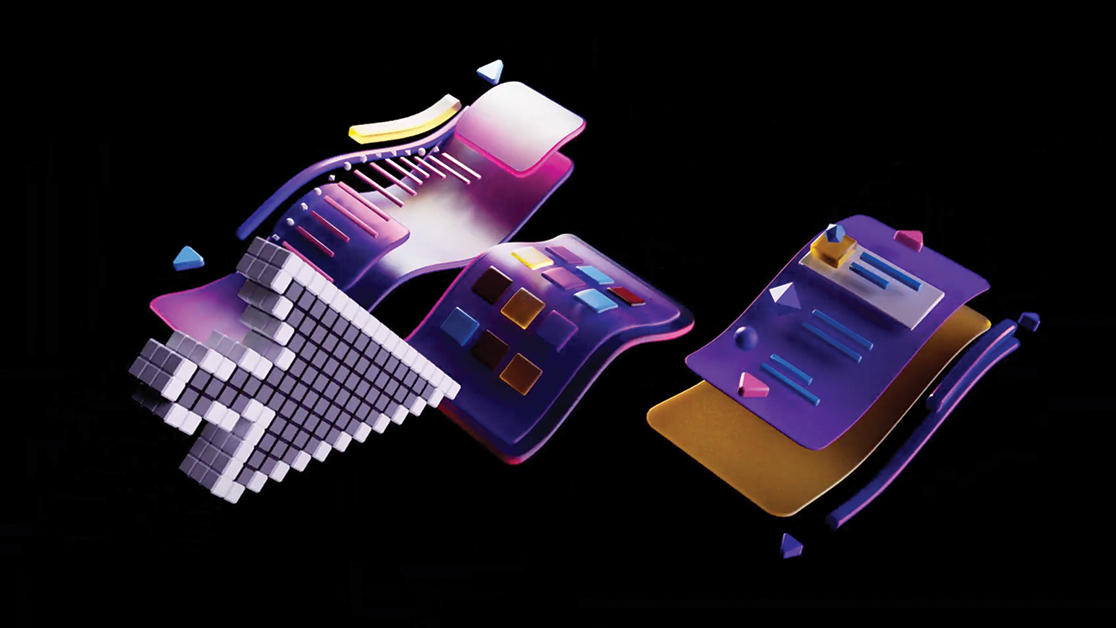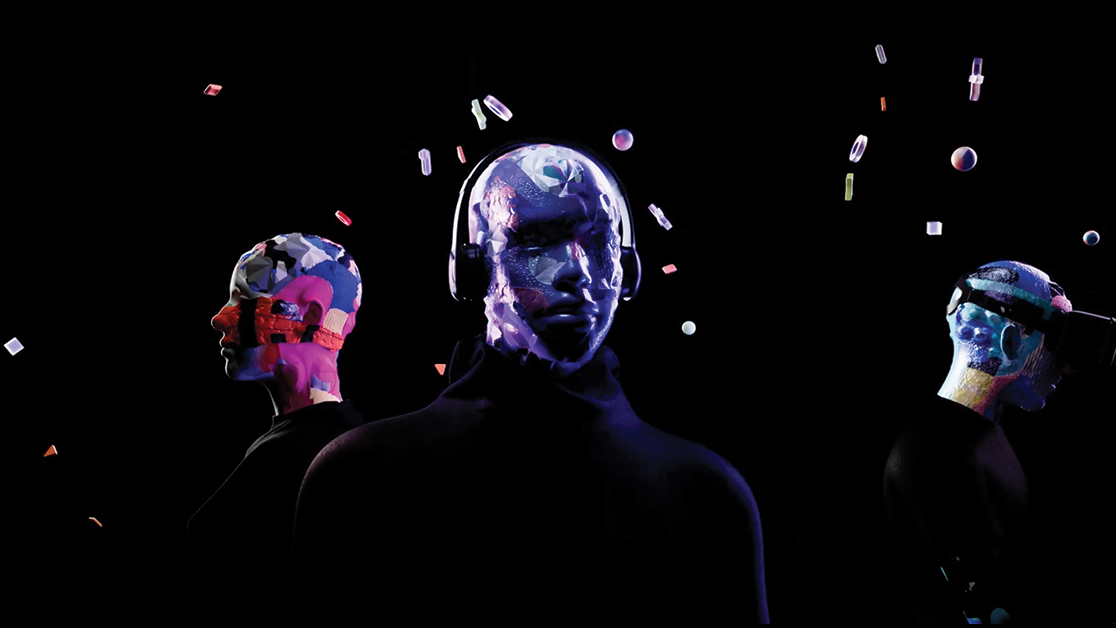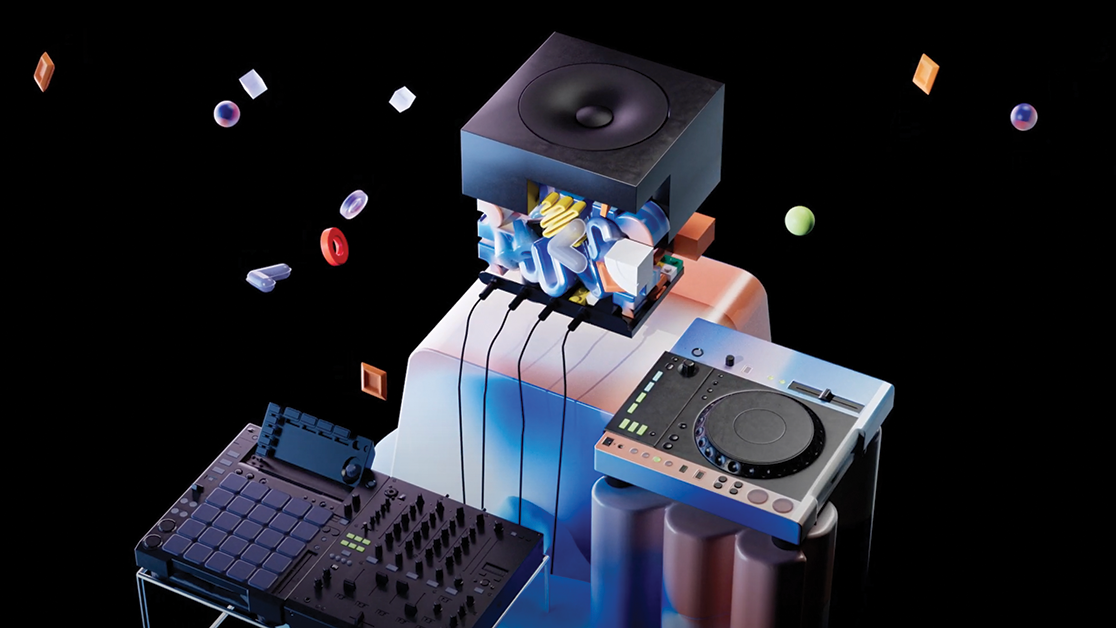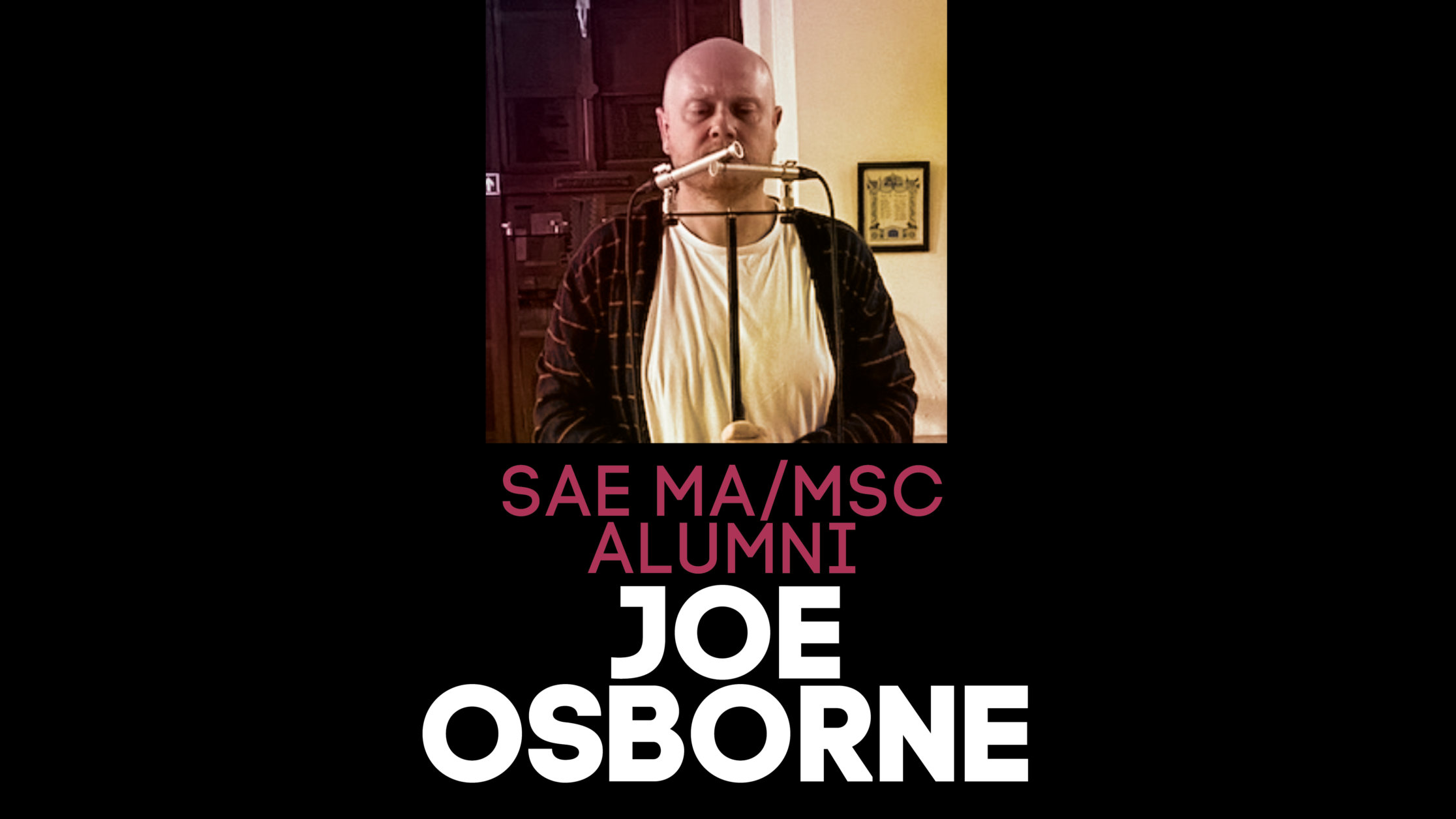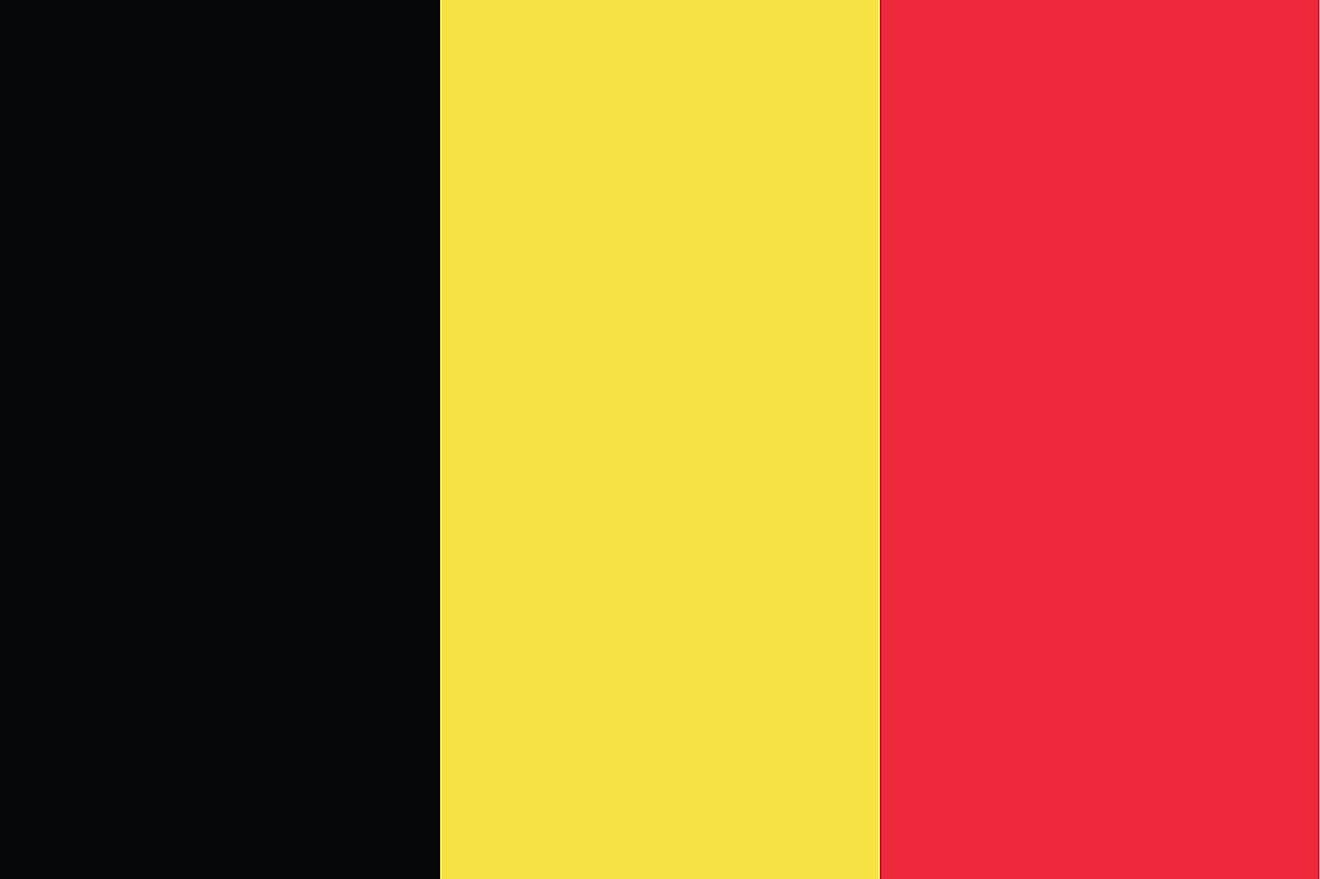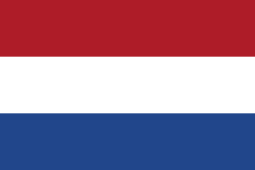SAE sat down with one of our many talented master’s students, Joe Osborne, to talk about his excellent work and his experiences at SAE.
What made you want to do a masters at SAE?
Once the pandemic hit the UK in March ’20, our audio/visual company Lumen Arts lost all of our planned work overnight and we were immediately furloughed. There was also no sign of me being able to do any freelance audio recording in the near future. So after about 6 months of us all stuck at home; myself, my wife and our two young children who were 18 months and 3 years old at the time, I was really ready to embark on something new to put it mildly!!! Also the pandemic was showing no sign of letting up anytime soon. The SAE master’s degree course, ‘Professional Practice in Creative Media Industries‘, was the only course I could find that was entirely online and was very self-directed in nature, which suited me to a tee at this point in my career and age, and with the ongoing pandemic of course. I already had an idea of an aspect of audio production that I wanted to explore further and an academic framework would really help enable me to do that, so it felt like a logical step forward in my career to help me potentially move towards being able to lecture in the future. I’d known about SAE for a long time since I used to read the magazine Sound on Sound avidly when I was at college over 20 years ago studying music technology and I knew it had a good reputation. Coincidentally, which I had almost forgotten, I’d visited SAE Berlin back in 2007 and had a meeting about the master’s programme with a lecturer there, but I came away thinking I was too inexperienced and not mature enough for that sort of course at the time. Fast forward 15 years and I am now doing it!
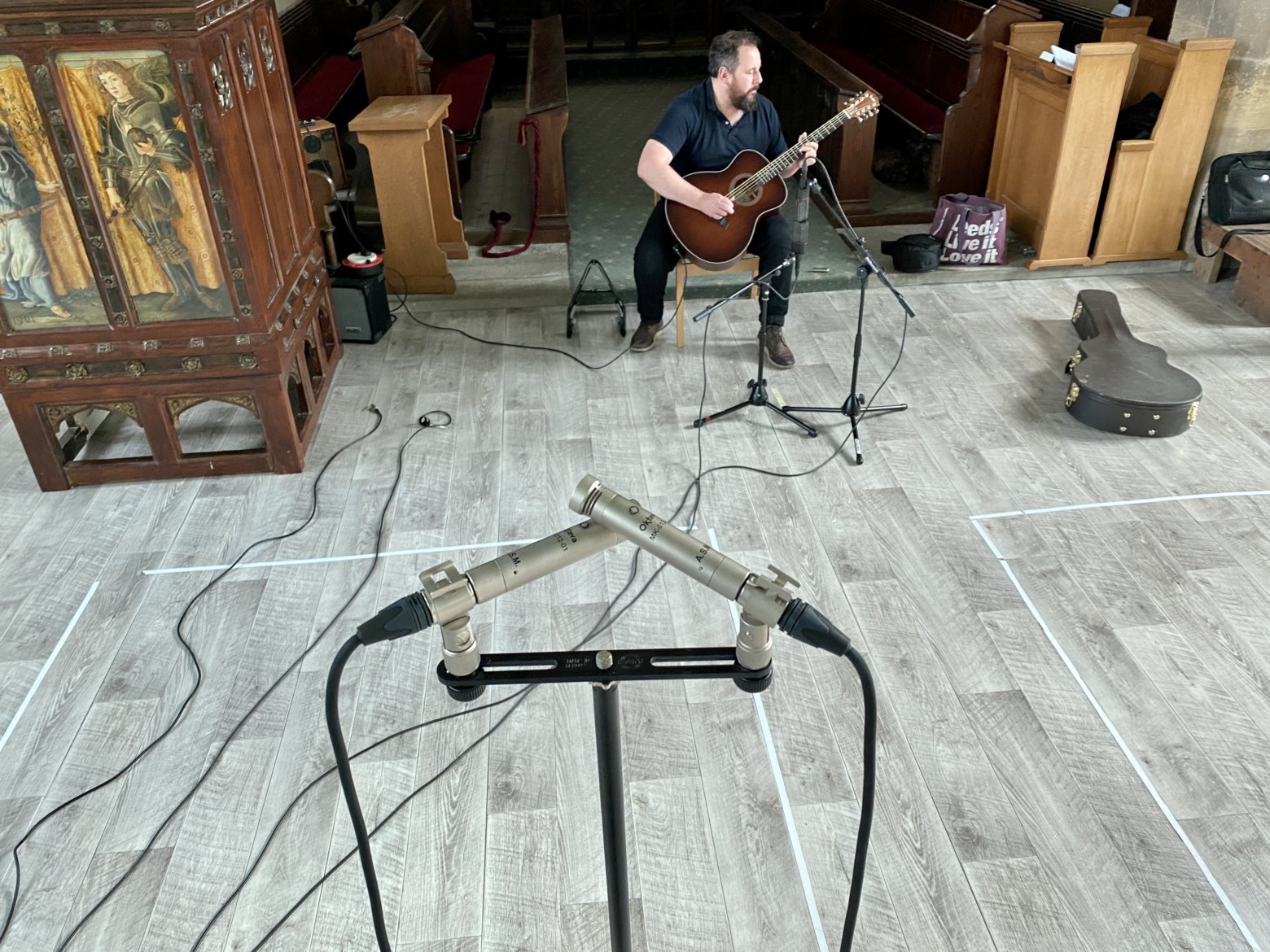
Can you talk me through your final project? What inspired it?
I have been recording lots of different types of music for over twenty years now; both personal projects and commercial. From field recording on an artist residency in north west Greenland, to recording punk bands in warehouse type spaces in Leeds, UK, and recording more folk type/acoustic music in village halls, to producing purely electronic music with electroacoustic elements at Cyprus College of Art, amongst lots of other different experiences. All whilst at the same time being a performing musician myself all around Europe. So what really interests me is the sound of spaces we exist in and ultimately perform music in, and therefore what we call ‘ambience’, whatever that ambience may be. I’d been experimenting with capturing real-time musical performance ambience during recording for a few years and I was keen to explore this aspect of audio production further, so I already had a good idea about what my final project might be before I started the course. The course then gave me the academic framework to explore the ideas.
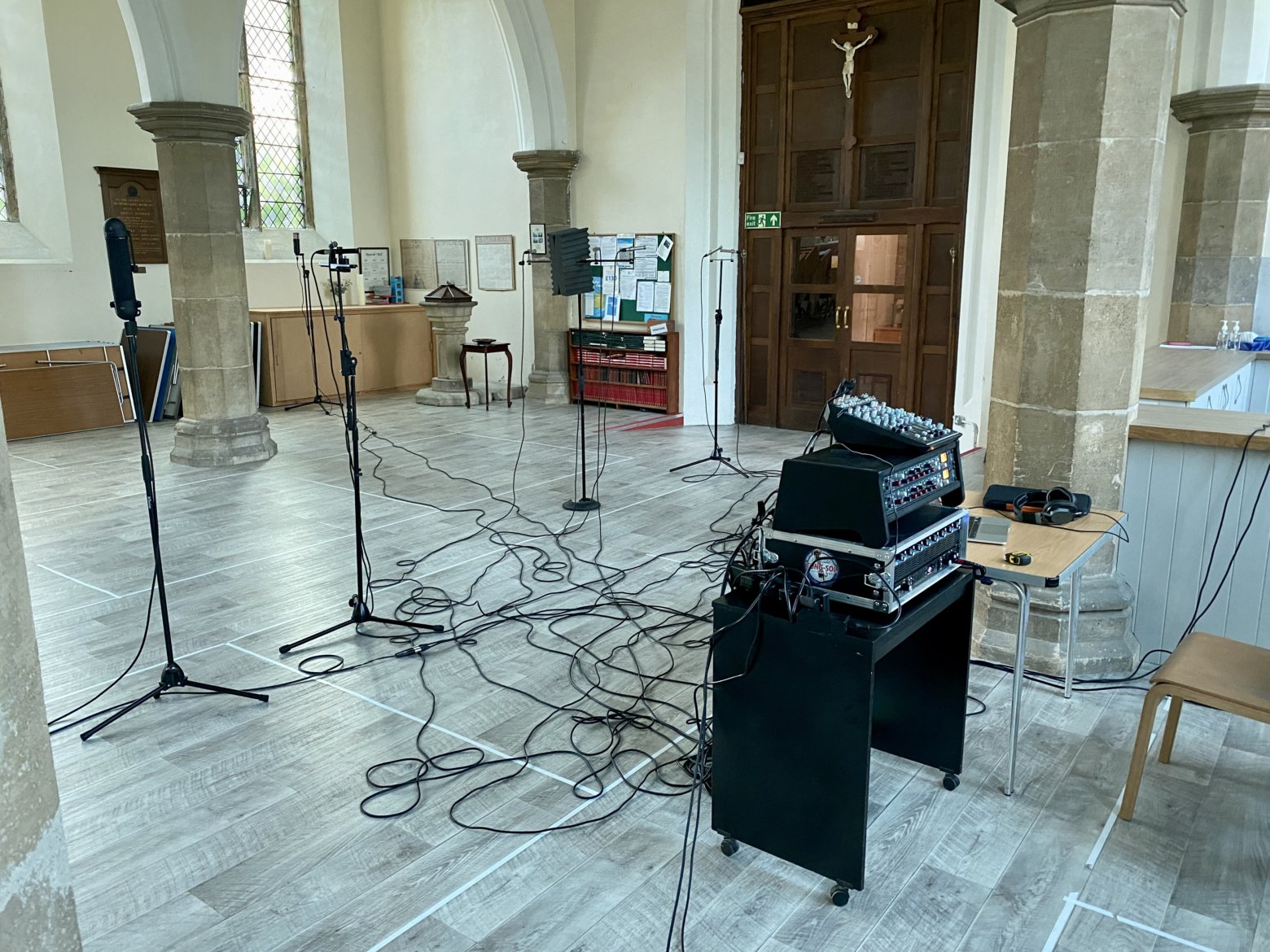
What were the three biggest challenges you faced during your masters? And how did you overcome them?
Wow, well about a week before my SAE master’s course was about to start in January 2021, they announced the closure of British schools due to the pandemic. My daughter had only just begun school 4 months earlier, so this was basically terrifying! My wife had also started a master’s degree in fine art, so we really didn’t know how we were going to cope. I was immediately launched into homeschooling my daughter with the help of an iPad; I basically taught her the beginnings of reading and writing, so I am quite proud of that now. But this responsibility coupled with starting a master’s degree was really, really daunting; I didn’t think I could do it. The first trimester of the course is a dual module of project planning, learning about researching and theoretical writing. It was really tough and I was expecting it to be tough, but I still felt unprepared for the level of work involved; I got through it by reading as much as I could and taking it all in, even though it was quite overwhelming at times, particularly after being out of education for 20 years. It also meant I re-read books I’d read in my twenties, such as works by Marshall McLuhan and Herbert Read, whilst being introduced to other philosophers such as Adorno and Gell, and also learning about research methodology and undertaking my own research about the history of audio recording. It was one of the most difficult, but rewarding times of my life and I’ve had few to compare it to! When I received my feedback and grades back for the first modules, they really reflected how much work I put in, so it then gave me the confidence I needed to keep working in an academic direction.
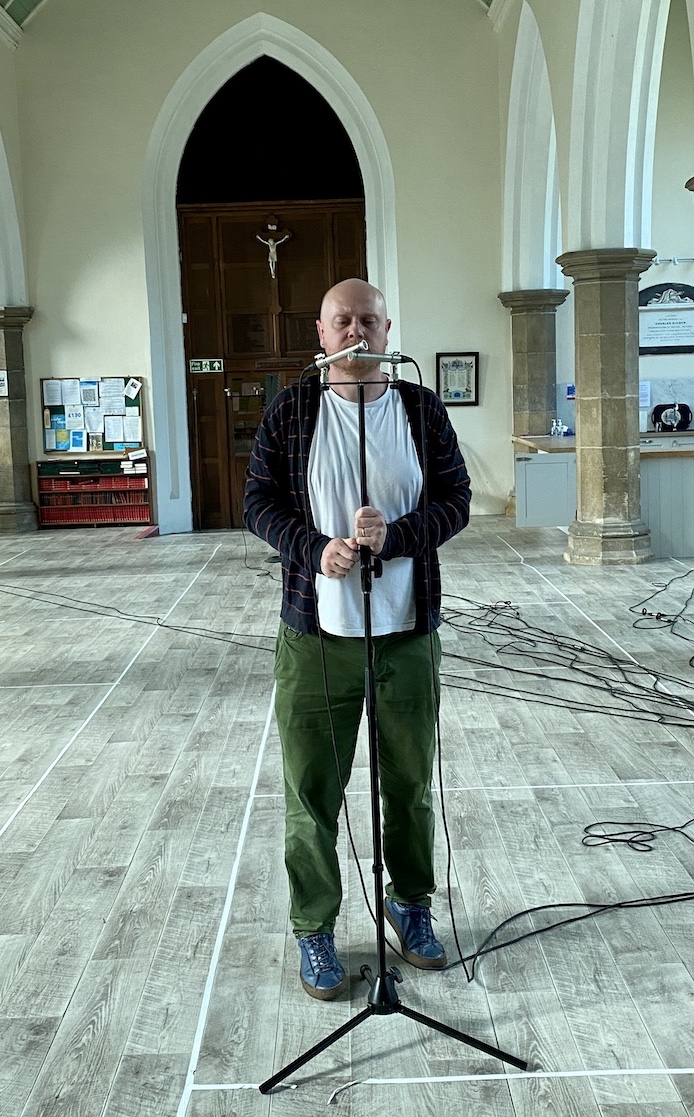
What were the three most rewarding moments you experienced during your masters?
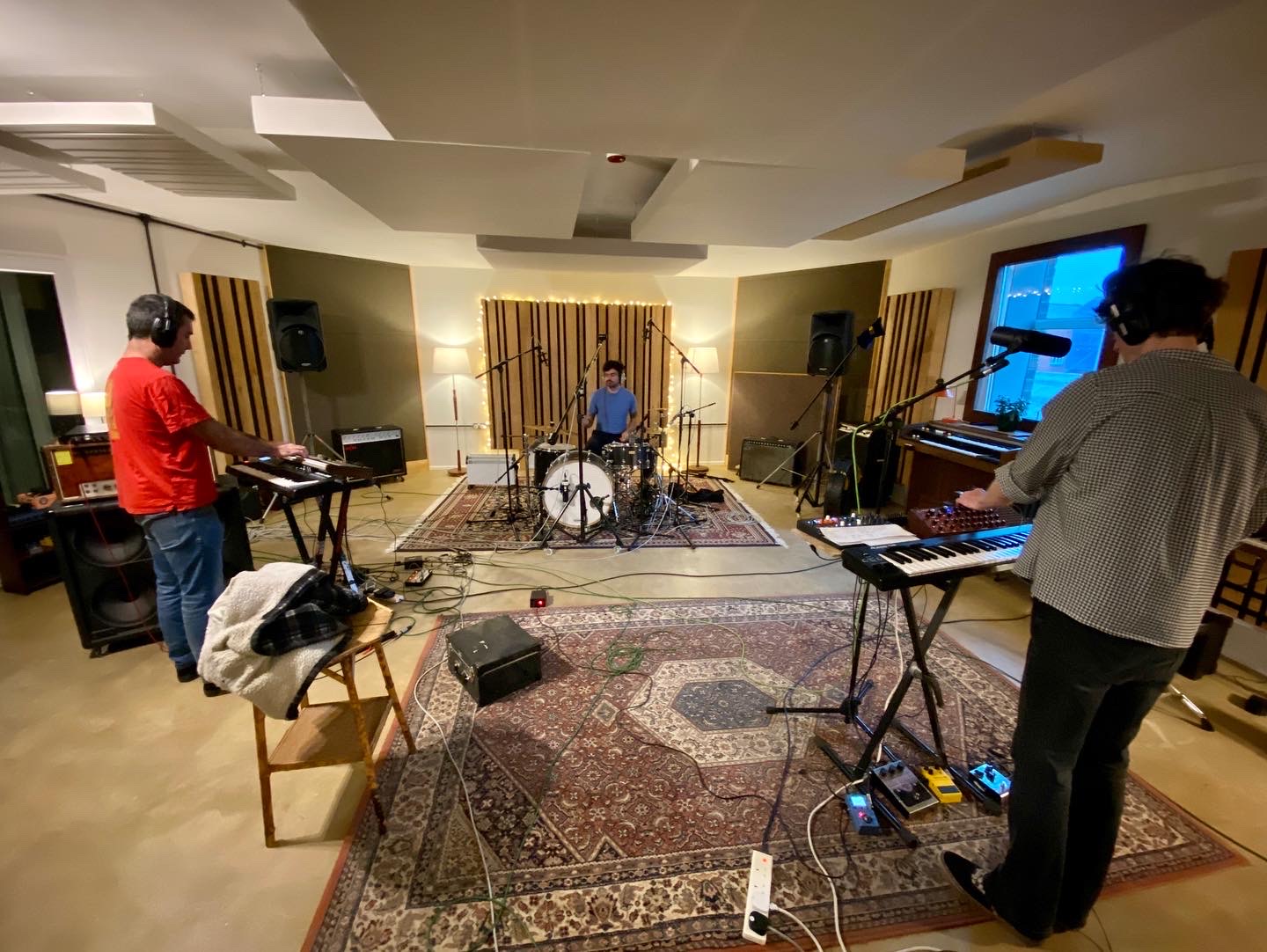
How do you think doing a masters degree at SAE will help your future career?
Besides giving me the time to develop aspects of my recording technique, it has given me the tools to approach things in a more academic manner. With all this personal development, I hope to take it into further study and hopefully begin to lecture at higher education level in the future. Alongside continuing on with my professional audio engineering work.
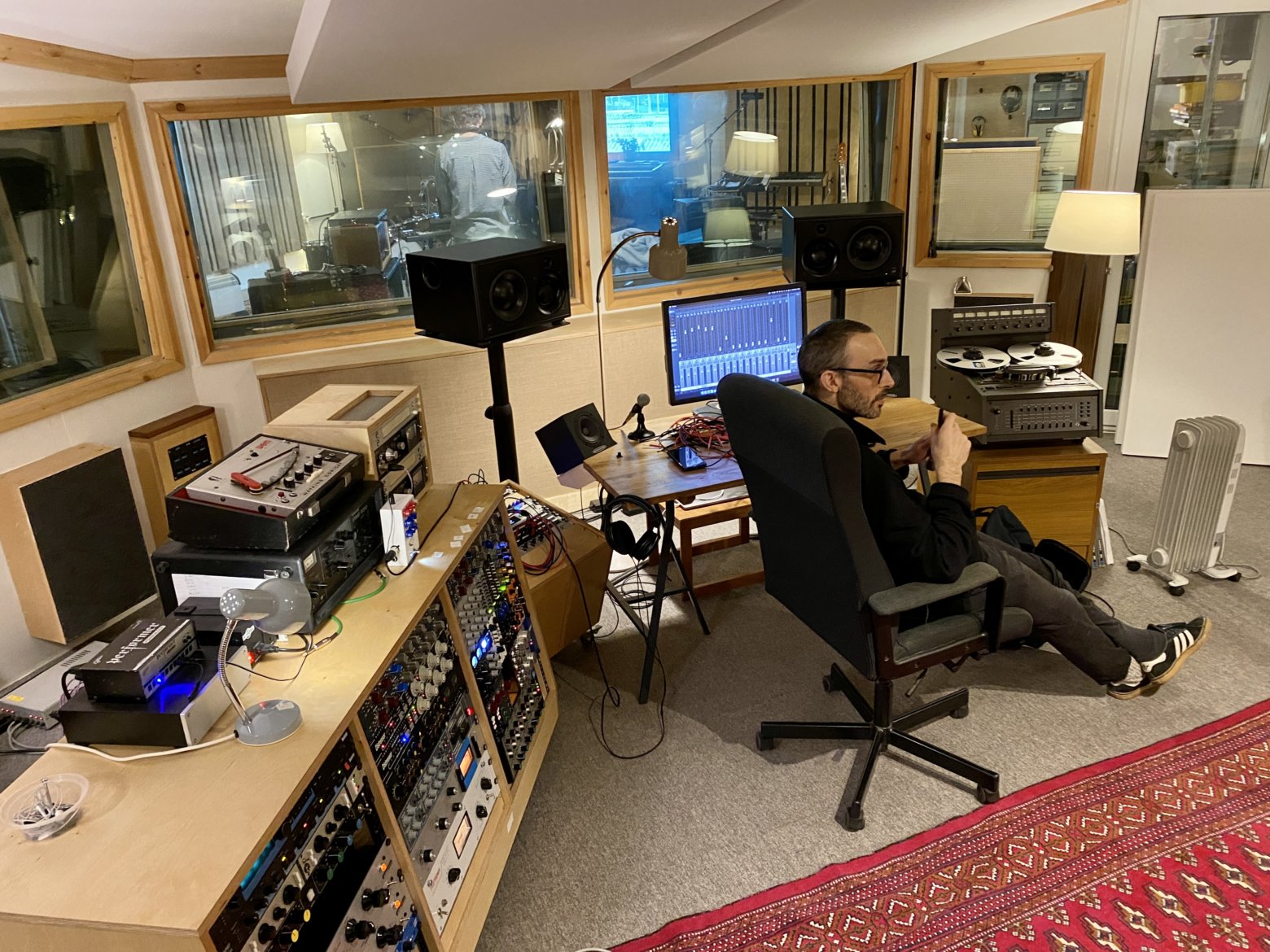
What skills did you learn through your masters at SAE?
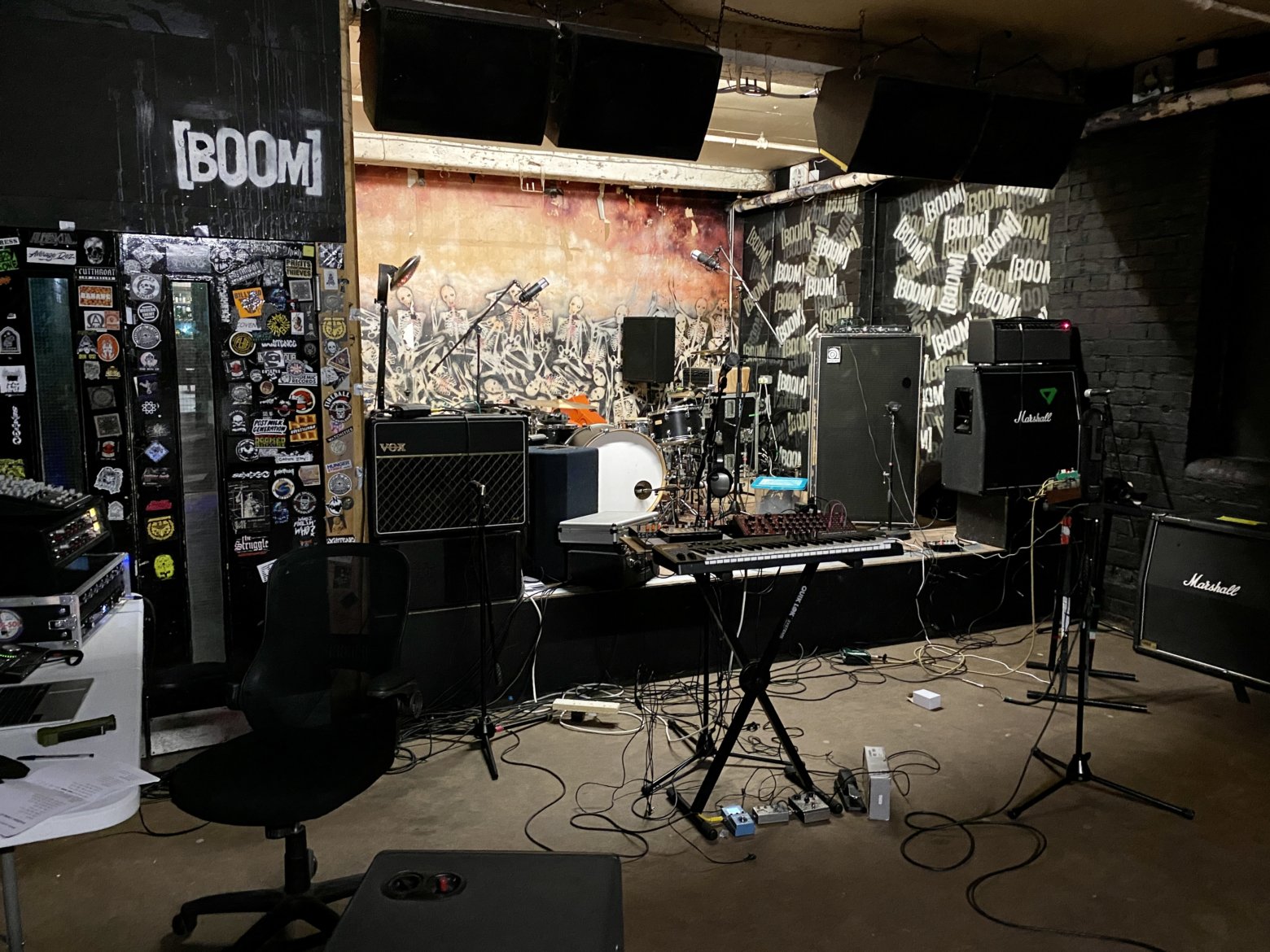
What advice would you give to students for making the most out of their masters at SAE?
